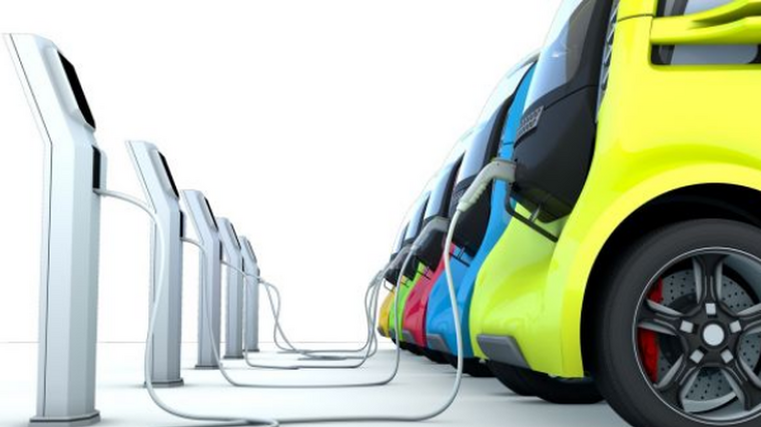Lithium-ion batteries – fire risks

At least one home insurance claim is lodged per month for fire damage caused by lithium-ion batteries and their charging systems, according to AMI data.
“Consumers should be mindful of reputable battery production when purchasing electrical products,” says Wayne Tippet, the company’s executive general manager of claims.
“There’s nothing inherently dangerous about lithium-ion batteries so long as they are treated correctly and basic safety measures are followed.
“Our data shows they have become predominant over the past decade as they are found in an increasing number of everyday products including phones, laptops, headphones, smart watches, children’s toys, tools, electric cars, bikes and scooters.
“They are very useful because they hold more energy so they can last longer and charge faster than regular batteries. However, for many consumers, lithium-ion batteries are newer technology, so it’s important to ensure you are using them safely.
“The data is also a reminder to check your insurance policy and make sure you are covered should a lithium-battery powered device start a fire.”
Fires generally start with the battery overheating and eventually catching light or, in some extreme cases, exploding.
“We have seen cases of e-bikes and e-scooters going up in flames or even exploding after being left on charge,” adds Tippet.
Lithium-ion battery-caused fires are more severe and lead to serious damage, but he points to three preventable causes. “Three of the main causes we’ve seen are defective parts, incorrect charging and mistreatment.”
Defective parts often come in poorly produced items bought from cheaper and less reputable manufacturers. Correctly matched chargers are far less likely to overheat.
“You should never use a charger that didn’t come with the device or use it in a way that doesn’t meet the manufacturer’s instructions. When charging devices such as phone or tablets, do not place them on soft surfaces and don’t leave devices on charge on for extended periods of time.
“It’s also important to note that it is the battery itself that catches fire, not the device. We’ve seen media coverage citing the incidence of battery-related blazes as a reason not to buy electric vehicles [EVs] or e-bikes.
“The boost in consumer interest in electric cars, bikes and scooters over the past few years is an excellent shift to help reduce transport emissions. The takeaway isn’t that these products or their batteries are inherently dangerous, but a reminder of steps consumers can take to protect themselves.”
Tips for charging EVs and e-bikes
• When possible, they should be stored and charged outside in a garage, shed or carport and away from living spaces. Keep them away from any exit doors, escape routes and combustible materials.
• Only use EV charging adaptors supplied by the vehicle manufacturer or by an EV supply equipment (EVSE) manufacturer.
• Don’t use any household adaptor, such as a multi-box, double plug or travel plug, between EVSE such as an in-cord control and protection device (IC-CPD) and a socket outlet.
• Never use damaged or modified equipment, such as overseas kit that has been fitted with a New Zealand plug.
• Don’t use any faulty charging equipment – get it checked by the manufacturer.
Tips for devices with lithium-ion batteries
• Only use the charger that’s specifically designed for the battery.
• When charging household items, such as laptops, gaming consoles or cellphones, don’t place them on soft surfaces and never sleep with the item close to you, such as under pillows or bedding.
• Do not overcharge the battery by leaving it unattended for a prolonged time.
• Keep an eye on the battery while it’s in use and remove it immediately if it starts to feel hot.
• Avoid exposing lithium-ion batteries to extreme temperatures, and do not puncture, crush or otherwise damage their casings.
• Do not dispose of batteries in household waste. They need to be disposed of carefully, so contact your local council for a recycling location.
• Follow the manufacturer’s guidelines for the proper use, storage and disposal of lithium-ion batteries.
• Care should be taken with the treatment of chargers and charging cables – regularly check cables for signs of wear such as loose plugs, exposed wires or breaks.
• Store lithium-ion batteries in a cool, dry place, and keep them away from moisture and flammable materials.
• Don’t use damaged or visibly degrading batteries, and dispose of them properly.
• When charging items in a garage or workshop, keep them away from flammables and areas where they could get damp.





